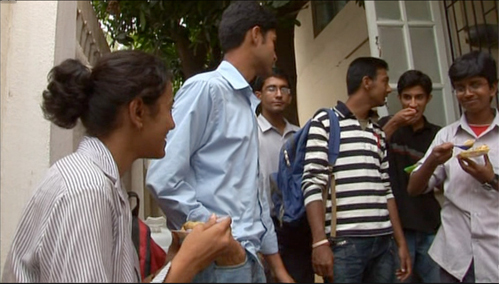
The goal is education. Abbiamo 64 million students in it. India has about 320 milione (evo 5 a 14). Bob Compton’s film, Due milioni di minuti, observed that many students in India and China spend more time acquiring academic knowledge. What works in the Indian culture is going to be different from what works in our American culture. Some might argue we spend our time developing the well-rounded child . Does it matter to many Americans that while we study the Super Bowl and Glee, Indian and Chinese students spend more time building their intellectual foundation? Sì, poverty and weak infrastructure are challenges India faces, but often when you’re coming from behind you’re more hungry to achieve. These are our global friends e our competitors.
It is India Time — India will participate in the next PISA test (Programma per la valutazione internazionale degli studenti) — per la prima volta. There have been a number of new educational initiatives that have made this possible. One of the major programs was explained to me by Sridhar Rajagopalan (Head of Educational Initiatives), a man on a mission to revolutionize the way Indians and others think about learning.
What kind of educational system will permit India to have the people skills needed to compete globally?
The goal would be to have an educational system that allows people to reach their full academic potential. This will enable India to compete globally and to have a domestic society where people are engaging meaningfully and are able to solve the problems faced by their society. The system would need to focus on academic excellence and research, and also on developing compassionate and caring individuals.
What are your major challenges?
One of the basic problems the Indian education system faces is our high focus on rote learning. The problem of rote learning is discussed in many countries around the world, including America. Tuttavia, I think rote learning is a severe problem in India. Rote learning is like saying you don’t need to understand; non c'è bisogno di essere in grado di pensare e applicare le conoscenze; fino a quando si può recitare ciò che è in una lezione in un libro di testo, va bene. Questo problema si riflette nei nostri esami di maturità. Si riflette nel fatto che la certificazione è il fuoco tutti importanti, contro di apprendimento. Il problema è ancora più grave nelle zone rurali dove i bambini fanno fatica a sviluppare competenze di base. Così il nostro sistema ha bisogno di concentrarsi sullo studio con la comprensione, sviluppare capacità di pensiero critico, and developing a lifelong passion for learning.
So if you change the way you test, it might influence the way children are taught?
Assolutamente. The primary purpose for which we use testing is so that the system, the parents, gli insegnanti, and the government understand that students are learning. If we change the way we currently test, we can improve both the way we teach and the quality of what children learn. We are beginning to make the first few steps in this direction.
What have you done in the past 5 – 10 anni per migliorare la valutazione degli studenti?
Abbiamo iniziato il nostro lavoro con la valutazione quote basse. Il primo passo prevede valutazioni periodiche. Lo scopo è quello di diagnosticare e per dare un punto di riferimento. Il nostro lavoro diagnostico è stato considerato tagliente rispetto al resto del mondo. Uno dei nostri vantaggi è la nostra stessa grande base campione di studenti. Il secondo vantaggio che abbiamo è che si vada in grande profondità nel nostro lavoro di diagnosi, Per es. cosa gli studenti a capire su angoli. Quando facciamo una valutazione degli studenti catturiamo gli studenti’ responses on video. The videos become very helpful in training and supporting the teacher.
The next step is where the technology comes in. In each stage of teaching a new concept, there are many potential misconceptions by students. Instead of expecting a teacher to identify all these misconceptions when she has 35 or more children in her classroom, we have discovered that with carefully developed computer programs, we can do that for the teacher. Lasciate che vi faccia un esempio. If a child has not grasped a concept, un insegnante potrebbe sentirsi ha bisogno di insegnare quel bambino il concetto di nuovo. Con l'aiuto dei nostri strumenti diagnostici, possiamo assistere l'insegnante per capire meglio esattamente dove la mancanza di menzogne di comprensione del bambino, consente al docente di meglio focalizzare il bambino verso la risposta corretta. Abbiamo creato una personalizzata, intelligente programma per computer basato su apprendimento che si basa sulla ricerca malintesi — a program called Mente Parcoche è stato utilizzato da importanti scuole indiane per oltre 2 anni, and has just started to be used in rural India and the US.

How broad is the distribution of this assessment initiative and what has been its impact?
We currently work with 3,000 scuole private. Similarly we are working in government schools in about 20 per 28 states in India, many countries of South Asia, the Gulf, and in Singapore. Through an initiative supported by Google and in partnership with various state governments, we conducted a detailed class-wise assessment on student learning levels in 2009. We have just completed an assessment (in partnership with the government of Mumbai, UNICEF and McKinsey) for every single child in Mumbai in 3rd and 6th grade, and are now doing the same thing with two of our other most progressive states. We expect to see additional states following this lead. Governments have invited us to join committees to reform assessments based on our success. Large systems tend to move slowly, but people are interested in making the kinds of changes I am describing. The fact that government has now supported India’s participation in PISA is an example of government confidence that this approach is working.
What is your view about the impact of academic pressure on student mental health and emotional well being?
Our problems right now in India are different to those of more developed nations. India has a poor education system. Tuttavia, our society values education more than anything. Success in education means getting a good job. Proprio adesso, a very small percentage (meno di 15%) of our children reach higher education. This is not because of lack of interest. Our problem is poverty and low quality of education. In certain elite schools, there has been some discussion about pressure and test taking. But most parents and teachers believe the pressure is inevitable and necessary because of the competition that exists due to supply and demand for good college places.
What is your vision of the well educated Indian student?
There would be three constants. The first bucket I would call critical thinking, which would include creative thinking and the ability to solve problems. Values and ethics would be in my next bucket: compassion and sensitivity and an understanding of the importance of contributing to your society. Then my final bucket would include strong academic stills along with the desire to excel and to do excellent work.
World Wisdom from India
Rote learning will not lead to educational excellence. A successful system will not focus on end of school exams, but rather on the ability to think and apply knowledge and to produce compassionate and sensitive human beings. Change the way you test to improve the way you teach and the quality of learning. The value that society places on education and the individual’s hunger to learn will have a significant impact on a country’s educational progress.
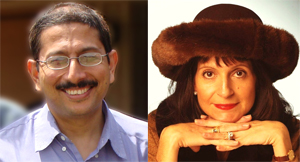

In Il Global Ricerca per l'Educazione, unire C.M. Rubin e leader di pensiero di fama mondiale tra cui Sir Michael Barber (Regno Unito), Dr. Leon Botstein (Stati Uniti), Dr. Linda di Darling-Hammond (Stati Uniti), Dr. Madhav Chavan (India), Il professor Michael Fullan (Canada), Il professor Howard Gardner (Stati Uniti), Il professor Yvonne Hellman (Paesi Bassi), Il professor Kristin Helstad (Norvegia), Il professor Rose Hipkins (Nuova Zelanda), Il professor Cornelia Hoogland (Canada), Sig.ra. Chantal Kaufmann (Belgio), Il professor Dominique Lafontaine (Belgio), Il professor Hugh Lauder (Regno Unito), Il professor Ben Levin (Canada), Il professor Barry McGaw (Australia), Sridhar Rajagopalan (India), Sir Ken Robinson (Regno Unito), Professor Pasi Sahlberg (Finlandia), Andreas Schleicher (PISA, OCSE), Dr. David Shaffer (Stati Uniti), Cancelliere Stephen Spahn (Stati Uniti), Yves Theze (French Lycee US), Il professor Charles Ungerleider (Canada), Il professor Tony Wagner (Stati Uniti), Professor Dylan Wiliam (Regno Unito), Il professor Theo Wubbels (Paesi Bassi), Il professor Michael Young (Regno Unito), e il professor Zhang Minxuan (Porcellana) mentre esplorano le grandi questioni educative immagine che tutte le nazioni devono affrontare oggi. Il Global Ricerca per l'Educazione della Comunità Pagina
C. M. Rubin è l'autore di due ampiamente lettura serie on-line per il quale ha ricevuto una 2011 Premio Upton Sinclair, “Il Global Ricerca per l'Educazione” e “Come faremo a Leggere?” Lei è anche l'autore di tre libri bestseller, Compreso The Real Alice in Wonderland.

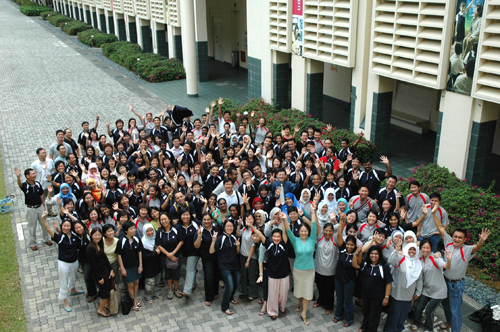
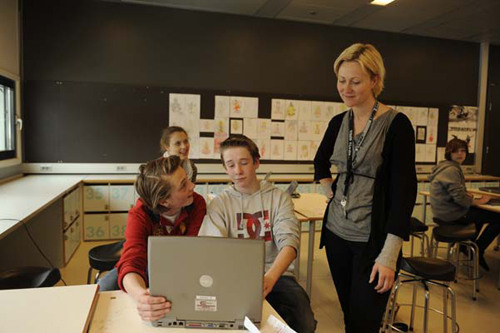
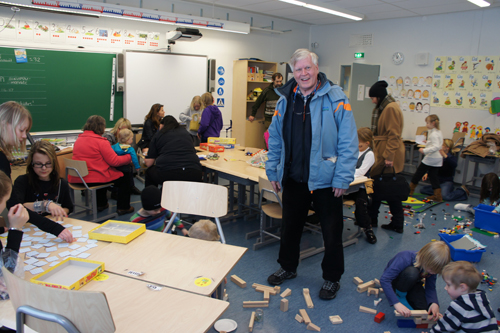
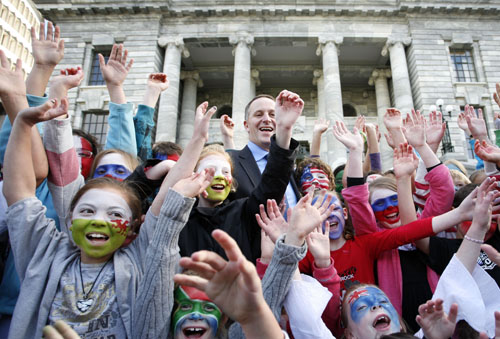
Commenti recenti